Understanding the Blackhawks and their Iconography
Let's start by taking a dive into the back story of the Chicago Blackhawks. A lot of folks in the world of hockey or even just casual sports fans might not know the in-depth story behind this iconic hockey team. Established in 1926, the Blackhawks are one of the "Original Six" National Hockey League teams. The team owes its name to Frederic McLaughlin, a former owner, whose infantry division was nicknamed "Blackhawk Division" during World War I, in honor of Chief Black Hawk, a notable figure in Illinois history. Seems all rich and historic, right? Now let's dig a bit deeper and ruffle a bit where it matters.
The Controversy Around Native American Mascots
The core of the controversy lies not so much in the name, or even in the hockey team itself, but rather in the team's usage of Native American iconography. Spurred in the early 20th century, it's a trend that is prevalent not just in hockey, but in an array of American sports. The public divide over such mascots and nicknames is very real and far-reaching, coloring discussions in all corners of the country. The question hitting the nail on the head is - is it okay to use an ethnic group as a mascot? Does it honour the culture or simply diminishes the community to a cartoon image? Perspective, my dear reader, is key here.
Understanding Cultural Appropriation
It's paramount to grasp the subtle yet significant concept of cultural appropriation - which, by the way, is a term that has been buzzing quite persistently in recent years and probably has caused you to raise an eyebrow or two. It refers to the adoption of elements or practices of one culture by another culture, particularly when a dominant culture borrows from a culture of people who have been historically oppressed or marginalized.
How does this relate to the Blackhawks?
The Blackhawks' team logo showcases a stylized portrait of an Indigenous warrior's head: a profile complete with face paint, feathers, and tribal accessories, representing Chief Black Hawk. Now, while some argue that the logo honors Chief Black Hawk and his legacy, others contend that it instead encourages the commodification and caricaturization of Indigenous cultures. And there, my dear reader, lies the rub. Is wearing a Blackhawks jersey part and parcel of being a hockey fan or does it inadvertently contribute to a culture of stereotype propagation?
Broadening Perspectives: From Fans to Critics
Let's switch gears a bit and observe the scene from both sides of the spectrum. Fans argue that their connection to their cherished team, their love for the game, and the camaraderie shared over each win and loss doesn't weigh negatively on any race or ethnicity. But on shaking hands with the critics, they throw light on the narrative of marginalized communities and their feelings being more important than the spirit of fandom. It's a tough call, isn't it?
My Own Encounter with the Query
Admittedly, I have a personal tale to hitch to this journey. Once wore a Blackhawks jersey to a folk festival, complete with bagpipes and jigs. It was in the heart of Australia, and away from the hockey scene, people complimented the beautiful art and didn't associate it with the team or the mascot controversy. But post the event, came across a social media frenzy critiquing the jersey, discussing cultural appropriation and sensitivity. That left me in tangles, questioning my choice. Since then, I've often revisited the question: Is wearing a Chicago Blackhawks jersey offensive?
Serving the Bottom Line
The bottom line here is not as slick as the Blackhawks' performance on the ice. Wearing the jersey isn't inherently offensive, but it can be viewed as such, especially to those who identify or empathize with the marginalized culture it represents. Ultimately, it's a choice we have to make - and one that we should make after knowing the potential implications of our actions. Together, we can fuel the discourse and truly strive to understand what it means to honor and respect all cultures in the realm of sports and beyond.
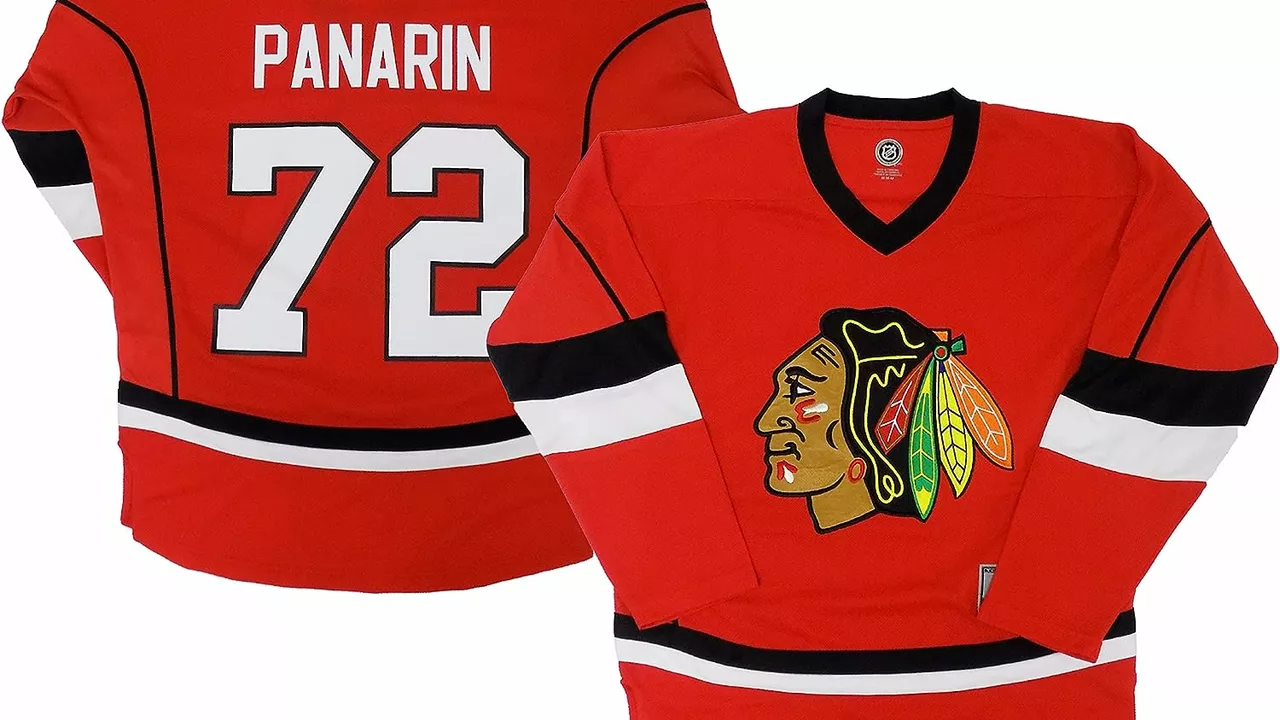
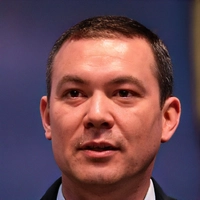
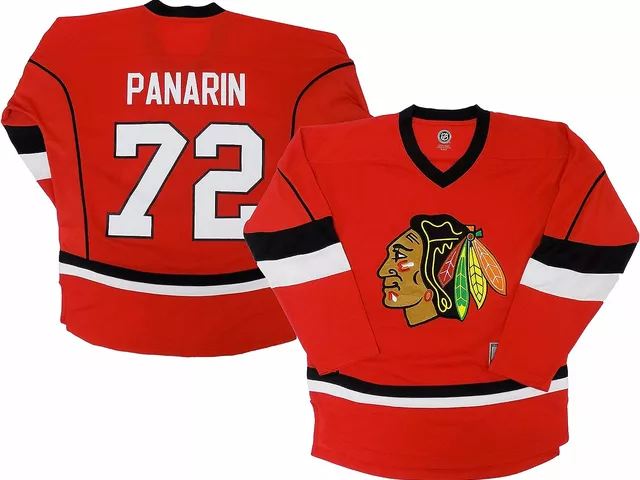



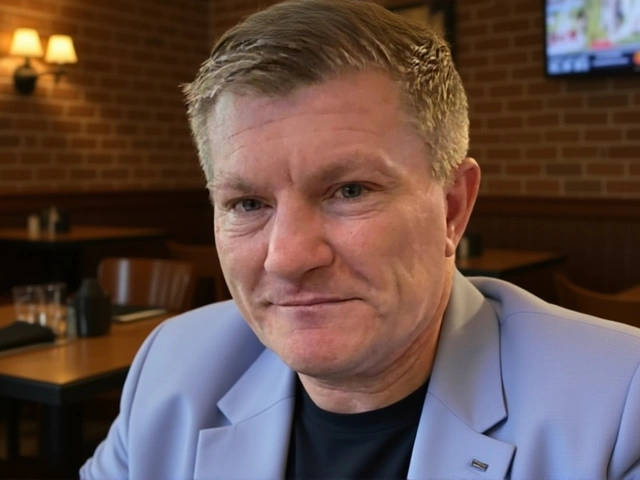
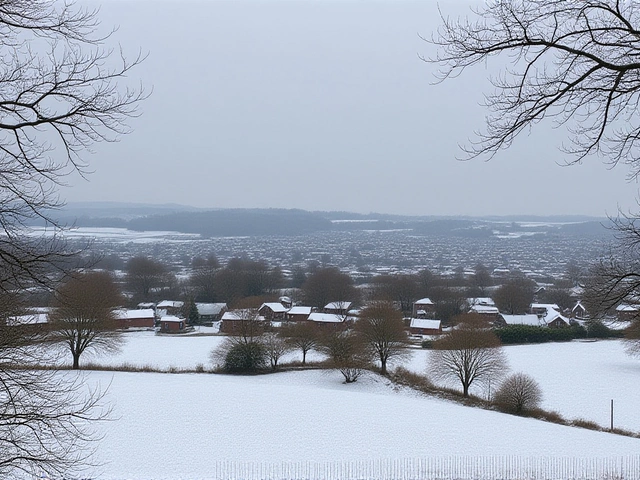
Write a comment